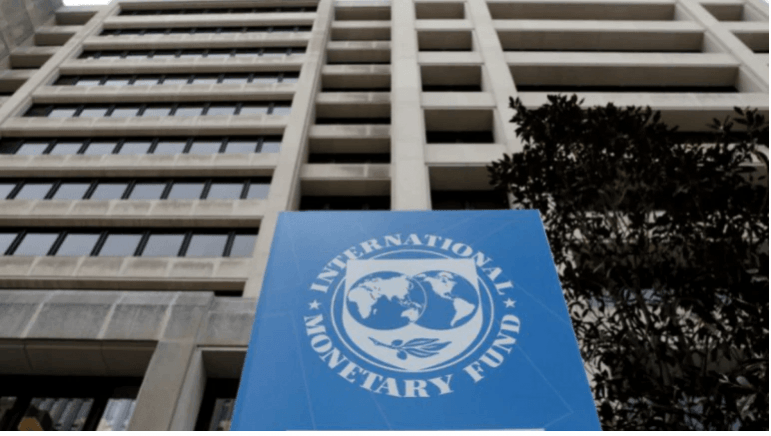At a time when the economy of most countries is slowing down after the COVID pandemic, India is doing better and is in a relatively brighter spot, despite several hurdles. These are the observations of a top official at the International Monetary Fund (IMF).
Quoting IMF Director of Asia and Pacific Department, Krishna Srinivasan, a news agency reported that the growth was slowing across the globe even as inflation is rising. "Just look at the global conjuncture right now, which is the overarching problem," the news agency quoted Krishna Srinivasan as saying.

"We expect countries accounting for 1/3 of the global economy to go into a recession this year or the next. And inflation is rampant. So that is the overarching story," he said.
India is doing better as compared to other countries
While comparing the economy across the world, the IMF top official said that "almost every country is slowing. In that context, India is doing better and is in a relative bright spot compared to the other countries in the region."
India to grow at 6.1% in 2023, world's fastest among major economies: IMF
On Tuesday, the International Monetary Fund (IMF) revised its projection of India's economic growth in 2022 to 6.1 percent, joining other international agencies that have also cut India's growth forecast.
Despite the revision, India's growth is projected to be the fastest among major economies. Behind India, were China (4.4%), Saudi Arabia (3.7%), and Nigeria (3%). The US is projected to grow at 1% while Russia, Italy, and Germany were forecast to suffer regrowth.
IMF Growth Forecast: 2023
— IMF (@IMFNews) October 11, 2022
USA??: 1%
Germany??: -0.3%
France??: 0.7%
Italy??: -0.2%
Spain??: 1.2%
Japan??: 1.6%
UK??: 0.3%
Canada??: 1.5%
China??: 4.4%
India??: 6.1%
Russia??: -2.3%
Brazil??: 1%
Mexico??: 1.2%
KSA??: 3.7%
Nigeria??: 3%
RSA??: 1.1%https://t.co/VBrRHOfbIE #WEO pic.twitter.com/0TDJbgSuka
In July, the IMF said that India would grow at 7.4% in the present fiscal that started in April 2022, which was 0.8% lower than the 8.2% projection in January. India's growth in the 2021-22 fiscal (April 2021 to March 2022) was pegged at 8.7%.
The IMF's latest forecast came on Tuesday in its annual World Economic Outlook report. The report reflected a weaker-than-expected outturn in the second quarter and more subdued external demand.








